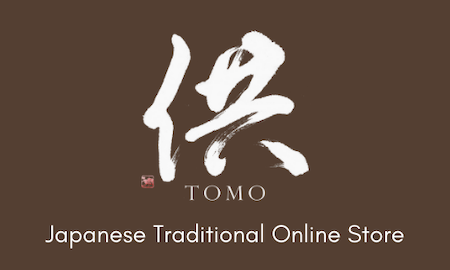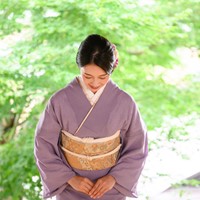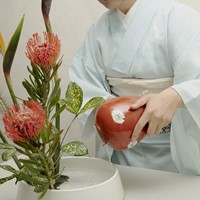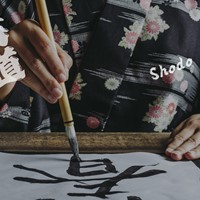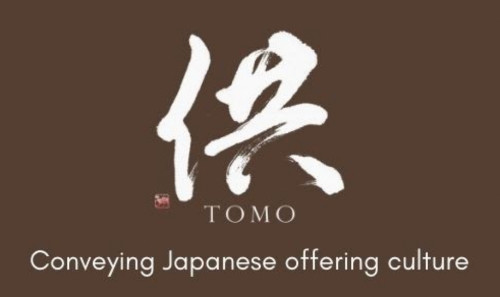What is Sakaki and How Is It Used in Japan?

This page contains affiliate links.
This article is contributed by 供TOMO.
Japan is known for its deep attachment and respect for nature. Shinto, one of Japan’s main religions with Buddhism, is the proof of this solid relationship with Mother Nature.
If you had the opportunity to visit Japan or if you are living in Japan, you may have appreciated the varieties of emblematic plants and colors such as cherry blossoms in April or maple leaves (momiji) in October.
Also, you might have seen sakaki trees or leaves around Shinto shrines. In this article, we will explain why Sakaki is an important plant in Japanese culture and tradition, its history, look, use and meaning.
What is sakaki and what does it look like?
The sakaki plant, also known as “cleyera japonica” from its scientific name, is an evergreen tree from Asia. The word “sakaki” itself is a Japanese original term, which means "a tree on the border between deities and man". The kanji itself (榊) is a combination of two words:
- “tree” (木, “ki”)
- “god” (神, “kami”)
It usually grows in warm asian countries. However, thanks to today's progress and technology, you might have the occasion to see sakaki trees in Japanese gardens located outside of Japan.
In floriography (the language of flowers), the sakaki plant refers to a modest charm or something/someone honoring the deities.
Sakaki has thick, oval-shaped leaves with a glossy bright green color and some yellowish shades inside. You can observe some small and cute white flowers on this tree between spring and early summer. Sakaki tree can be 10 meters long, and one leaf can be up to 10 cm.
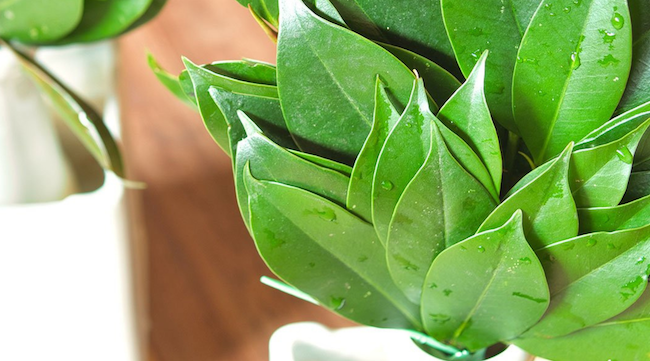
Where can I find sakaki?
In Japan, sakaki trees are often grown in Ishikawa prefecture (located on the main island with the famous Kanazawa Castle), on the Shikoku island, and on Kyushu island in the south.
Japanese sakaki is one of the rarest types because it is more difficult to grow it in Japan, compared to other warm countries in Asia, such as China or Korea. Consequently, Japanese sakaki is more expensive but its leaves are thicker, firmer, and have a longer life expectancy. You can buy some in supermarkets and flower shops. There are also products such as alcohol-free cleansing mist for hands made from sakaki leaves.
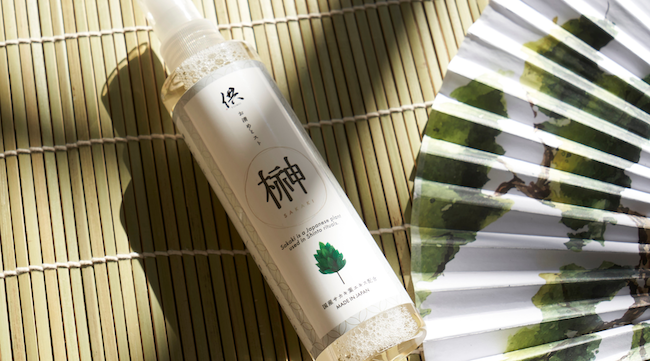
How are the sakaki tree and Japanese traditions connected?
Sakaki is related to one of Japan’s oldest beliefs: Shinto.
Shinto (or Shintoism) means “the way of the gods" or "the way of the divine". The word itself first appeared in Japanese history in the middle of the 8th century. Nature and its elements are worshiped in shrines, easily recognized by its bright red door called “torii”. Meiji Jingu in Harajuku (Tokyo) or Ise Jingu in Mie prefecture are among the most famous shinto shrines.
Sakaki wood can be used to create tools, such as combs. From a Shinto perspective, sakaki is like a bridge between the unseen world and humankind. This belief is deeply related to the origin of Shinto: sakaki is said to have helped the deities to make Amaterasu-Ōmikami, the goddess of the sun and one of the major deities in Shinto, leaving her a cave after her brother, the god Izanagi, had a troublesome behavior.
It is considered a sacred tree whose leaves are used for decoration, in ritual dances, purification, offerings, and more. If you are not familiar with Shinto, we recommend this detailed article about Shinto offerings.
How do you use sakaki in Shinto?
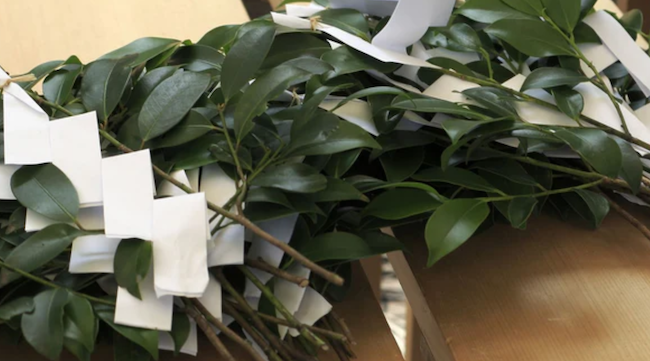
Sakaki is a sacred plant because it is said that humans and deities’ hearts can coexist in it. Among Shinto traditions, you will also find the “tamagushi-hoten” etiquette. Tamagushi is a tool used during matsuri, for formal homage during official visits, and of course other shinto rituals. A tamagushi is composed of a piece of white paper, attached to a sakaki leaf with a hemp string. This shinto accessory conveys the believers’ wishes to the deities.
This is also a reason why sakaki is used as an offering in shrines but also for household altars (also called “kamidana” in Japanese). In this last case, they are traditionally changed twice a month.
Conclusion
Sakaki is an important plant in Japanese culture and tradition. Sakaki leaves are used for Shinto rituals to create a bridge between the humans and deities. You can even find tutorials online for growing your sakaki plant or building your own tamagushi.
Sakaki grown in Japan is more expensive but it has better quality and lasts for a longer time.
How to support Japanese sakaki agriculture and tradition?
If you would like to support sakaki use and tradition, we recommend TOMO's Sakaki Cleansing Mist, used for sanitizing your hands before entering a shrine or any other occasion.
TOMO is a specialized Japanese traditional online shop which conveys Japanese offering culture. They provide easy-to-carry sized food and drinks, gifts made in Japan, and more. TOMO also offers gift wrapping options and even supplies some Japanese shrines. You can get your Sakaki Cleansing Mist:
- on TOMO Japanese Traditional Online Shop (for special inquiries: tomo@jat.asia)
- on Amazon (Japan and the US)
